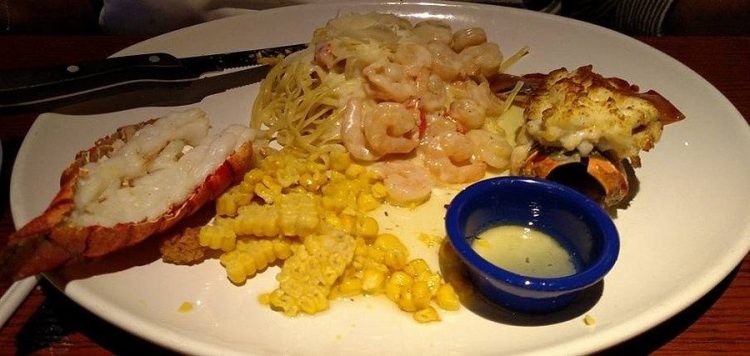Exploring Red Lobster Reviews: What Customers Love and What They Don’t

and other countries, highlighting its appeal to seafood lovers. Introduce the purpose of the article: an in-depth look at customer reviews to understand what patrons think of Red Lobster, including both positive aspects and common complaints.
1. Overview of Red Lobster (200 words)
- Brief History: Founded in 1968, Red Lobster started as a single restaurant in Lakeland, Florida, and has since grown into an international chain.
- Menu Offerings: Seafood-focused menu with popular items like lobster, crab, shrimp, and non-seafood options like steak and pasta.
- Target Audience: Seafood lovers, families, and casual dining customers.
- Ambiance: Described as a cozy, casual setting with a maritime theme.
2. Positive Reviews: What Customers Love (500 words)
- Fresh Seafood Quality: Many reviewers praise the quality of seafood, particularly the lobster and crab dishes, noting freshness and taste.
- Signature Dishes: Positive mentions of popular items such as Cheddar Bay Biscuits, Ultimate Feast, and Seaside Shrimp Trio.
- Customer Service: Highlight stories of excellent service, including attentive staff, quick problem-solving, and knowledgeable servers.
- Affordable Seafood: Appreciation for seafood dishes at more accessible prices compared to higher-end seafood restaurants, especially for families.
- Promotions and Deals: Positive reviews about frequent promotions like “Endless Shrimp” and other value deals that make dining affordable.
3. Common Complaints in Red Lobster Reviews (500 words)
- Inconsistency in Quality: Some customers mention that food quality can vary by location, leading to mixed experiences.
- High Prices: Complaints from those who feel that Red Lobster’s prices don’t always match the perceived quality, particularly for certain dishes.
- Slow Service: Reviewers occasionally note delays, particularly during peak hours, which can detract from the experience.
- Limited Healthy Options: Negative feedback about the lack of lighter, health-conscious menu items or clearer nutritional information.
- Ambiance and Cleanliness: Mixed reviews regarding the atmosphere, with some locations receiving complaints about cleanliness or dated decor.
4. Red Lobster’s Response to Feedback (300 words)
- Corporate Initiatives: Discuss how Red Lobster has responded to feedback over the years, such as menu updates, new locations, and improved customer service.
- Promotions and Innovations: Mention their focus on promotions, which show efforts to attract both loyal and new customers.
- Health-Conscious Options: Recently, Red Lobster has attempted to introduce lighter menu items and highlight allergen information.
- Red Lobster Rewards Program: Introduction of loyalty programs to improve customer retention and satisfaction.
5. Regional Differences in Red Lobster Reviews (200 words)
- Discuss how reviews vary based on location; some coastal or seafood-heavy regions may have higher expectations for quality, while landlocked areas may have more positive reviews due to the relative scarcity of fresh seafood options.
6. Competitor Comparison: Red Lobster vs. Other Seafood Chains (300 words)
- Comparison with Olive Garden, Outback, and Long John Silver’s: Discuss how Red Lobster holds up against similar restaurant chains in terms of quality, ambiance, and customer service.
- Uniqueness of Red Lobster’s Menu: Highlight the Cheddar Bay Biscuits and how competitors don’t offer an equivalent.
- Price Comparison: Examine where Red Lobster stands price-wise compared to upscale seafood restaurants and more casual seafood chains.
7. Red Lobster’s Future and Customer Expectations (200 words)
- Sustainability: Mention Red Lobster’s commitment to sustainable seafood sourcing and how this aligns with changing customer expectations.
- Innovation and Technology: Future goals, like introducing new technologies to enhance ordering or customer experience, possibly referencing recent improvements or plans.
- Menu Evolution: Future adjustments to the menu based on feedback trends, including potential healthier or trendier items.
Conclusion (150 words)
Summarize the article by noting that Red Lobster’s reviews reflect a brand that appeals to many seafood lovers with popular menu items, but also faces challenges regarding consistency and pricing. End with a note on the importance of customer feedback and Red Lobster’s commitment to evolving its offerings.





